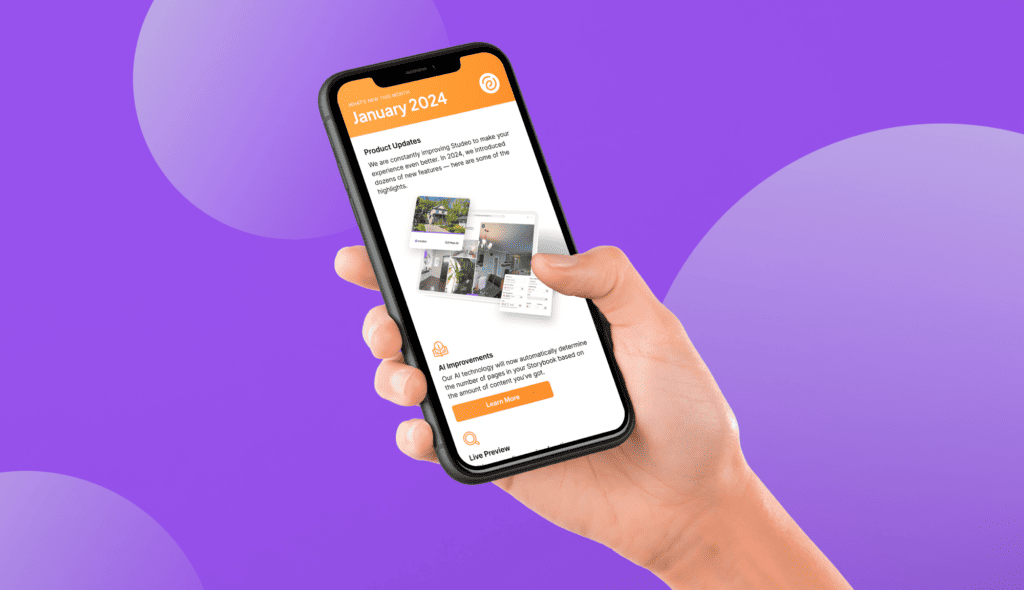We live in the age of personal brands. Of influencers and opinions that travel at the speed of light. Of fake news and of real news deemed fake. Of online echo chambers and toxic idolatry fed by co-dependent audiences and icons. Most of all – of rampant dopamine addiction triggered by social validation at the push of a button.
All of this has created a world wrought by more and more complexity, as we’ve now managed to hack the one computer we thought we could always depend on; ourselves. More specifically, our social selves. As the machinery of tech giants like Facebook, Instagram and the like spread mind viruses throughout our social, political and cultural spheres one cannot help but wonder – “how the hell did this happen?”. Or even better, “what if any alternative exists?”.
I would like to suggest the possibility that not only does an alternative exist but that a shift is already brewing that could balance out the damage that social media has wreaked on our culture. And if, as McLuhan once famously noted “the medium is the message” then truly it is the underlying media itself that must shift in order to restructure the behaviour paradigms that exist today. That shift is away from social media and towards experience media – a media that emphasizes the value of personal, subjective experiences over likes, followers, personal brands and social influence.
Social media has historically focused on relationships as the primary building block of value representation within its networks as well as a mechanism for information transmission. Its underlying business modus operandi has been to enable the monetization of user data (both personal and relationships) across various ad segments to optimize target ad delivery. The underlying utility of such media to brands has centred around the ability to efficiently plan ad delivery as well as to garner valuable market intelligence directly from its customer base.
By contrast, experience media is a new approach that focuses on subjective experiences as the basic building block of value representation and mechanism for information transmission – it attempts to activate and empower the consumer to share their personal and meaningful life experiences with those closest to them as a way of deepening their bonds by helping them to see the world of their subjective experiences (thereby engendering empathy). The motivation here is to deepen personal connections and create a better understanding among peers rather than gaining more followers. This type of activity is what presents brands with perhaps the newest and most exciting opportunity to break through the “content shock” and find the hidden meaning within the consumer that is waiting for them on the other side.
The goal of social media is likes and shares and audience building. Social media consistently requires us to get in front of the camera in order to build a relationship between our persona and our audience. We become the idol and they become the idolator. The goal of experience media is engendering greater empathy and understanding through storytelling. Experience media requires us to get behind the camera and show the audience the world through the lens of our own subjective experiences. Let that sink in.
But what are the tools of this new experience media? What are its content forms? How shall we elicit these kinds of responses from our consumers and what forms will they use to express these deeper insights into their true selves? We can take a closer look at a few examples.
The Rise of VR, AR and 3D Imaging
One of the key building blocks in the rise of experience media over social media is that the technology underlying much of the digital world today is converging rapidly on a number of fronts. VR, AR and 3D imaging have come a very long way and as media formats, they are imbued with the ability to provide the viewer with an immersive first-person perspective of whatever context we wish to depict. This makes these formats powerful tools for shaping digital storytelling, personal narratives and most importantly integral building blocks of the experience media paradigm.
But now that we have a mass proliferation of media formats – video, audio, VR, photos, Cinemagraphs, 3D tours, how do we, in fact, integrate them? If websites and webpages are all we have to work with – how does experience media attempt to define and integrate these bits into a fully cohesive and immersive story?
Storybook: A new standard for captivating content
Since the dawn of social media, we’ve seen everything from blog posts, photos, videos, websites and social posts being used to communicate content effectively to audiences worldwide. Yet while these formats and channels all carry the ability to tell a story, they all suffer from some combination of content disintegration and passive user engagement.
Take video for example – one of the most wildly successful content formats out there. And yet the average Youtube or Facebook video view garners only seconds of engagement time. When one considers that video is a passive rather than an active viewing media, and the litany of videos cluttering any Youtube channel or Facebook Newsfeed, it’s quite easy in fact to see why this would be. The mere way in which this content is being served up to the viewer inherently devalues it by sending the clear message that it has already become commoditized. The same is true for the endless reams of blog articles, websites and social posts currently littering the content junkyard that is our web browser’s cache. All of it is a disintegrated cluttered mess and even looks this way visually (consider how Instagram has become an endless wall of 20-second soundbites loosely strewn together). How can anything be made meaningful and relevant when this is the manner in which it is being shared and transmitted?
There is a new alternative arising. A format that integrates content into a unified design that brings the best of interactive storytelling right into the frame of the customer’s journey. That format is interactive storybooks. Take a look at some of these examples here:
Restaurant Experience Storybook
Real Estate/VRBO Experience Storybook
Resort Guest Experience Books
Notice how the attempt to bring all of the content – video, 3D VR walkthroughs, photos, cinemagraphs, etc is all balanced within the frame of an editorial design format? This tight association between imagery and copy is one of the things I believe is currently really missing from many online content experiences.
The Future of Marketing is Consumer Storytelling
The last example above (Resort Guest Experience book) is suggestive of an interesting new strategy in content marketing using the strategy of storytelling found in storybooks and the budding new paradigm of experience media – rather than having the brand create all of the content and having the consumer react to it or vice versa (think online reviews and social media chatter) a new synthesis can emerge. What if the brand and audience co-authored stories? What if we could allow the authenticity of the personal journey of our customer to shine through the lens of our brand in a more controllable, predictable and ultimately activating way? Many studies currently show that UGC is far better at engaging and converting customers over brand content due to its social proof effects. This is, of course, one of the motivating factors present in social media influencer campaigns. But it comes at a huge cost – idolatry ultimately hurts consumers, brands and the market by creating concentrations of power in the social media ecosystem that lead to inefficient outcomes. There is almost certainly a better way. I believe experience media and storybooks may be one of several paths to a better way out of our current situation.







